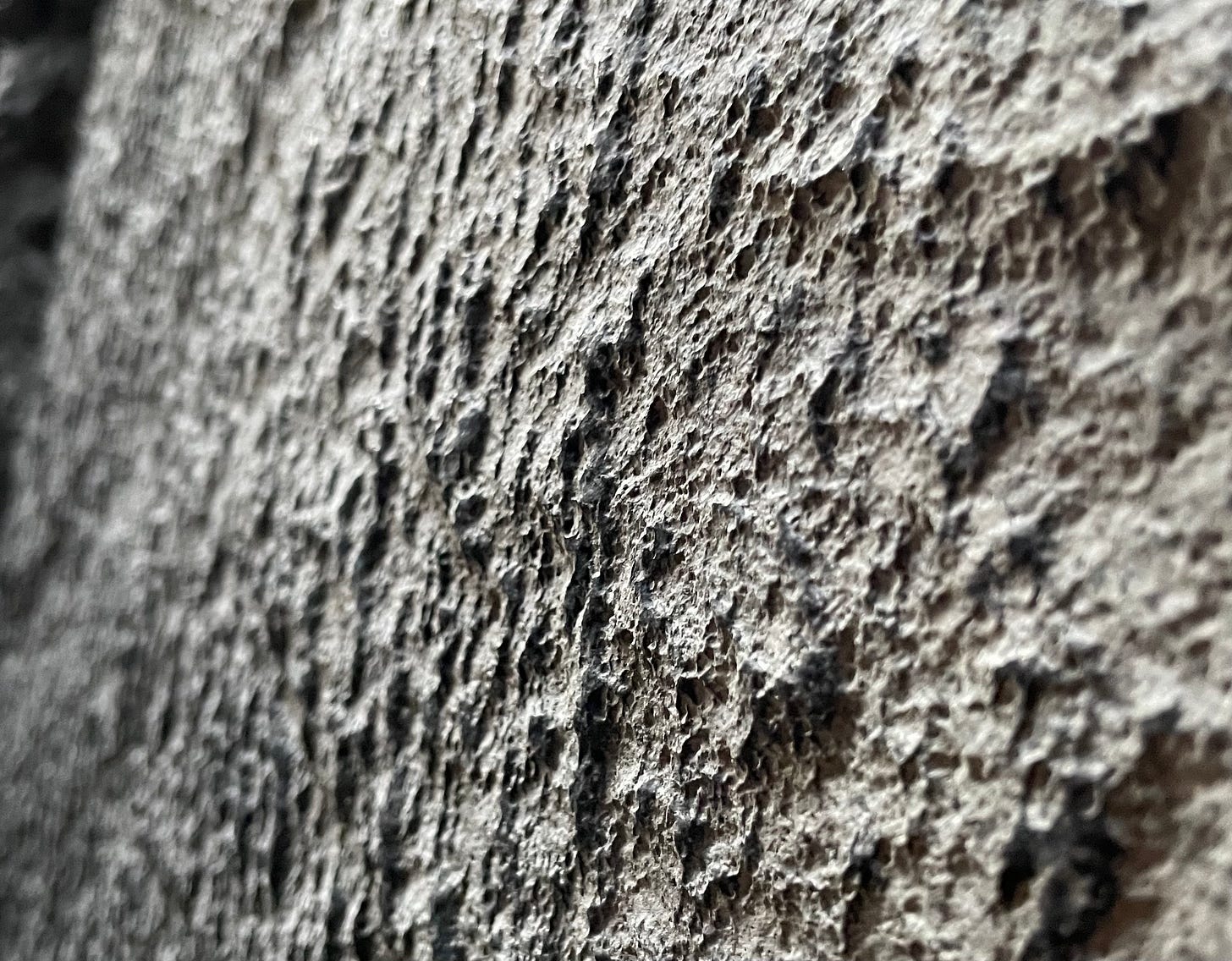Imagine a person sitting at the far end of a dark gymnasium, beating a drum with perfect rhythm: thump, thump, thump, thump… You sit at the close end with a stopwatch and a clipboard, noting every drumbeat you hear. It goes well at first, but something doesn’t quite match up. You know the drummer's rhythm is perfect; their tempo is as accurate as an atomic clock [1][2]. Yet, you detect nanosecond variations in the beat. There must be something unseen in the space between you, interfering with the signal. The only way to discern the shape of the unseen thing is to record every drumbeat. For 15 years. And hope that a pattern emerges.
Researchers at NANOgrav [3] have been doing just that, with some small differences. Okay, big ones. The main difference is that their dark gymnasium is many kiloparsecs wide (to convert kiloparsecs to kilometers, add 16 zeros). In other words, their gymnasium is on a galactic scale-one of the largest scientific instruments ever built. Their drummer? A pulsar, a rapidly rotating neutron star. Pulsars emit beams of electromagnetic radiation from both poles, which we can measure with a radio telescope. Effectively, every time the pulsar rotates, we record a drum beat. When the recorded values are lined up beside the expected values (perfect drummer, remember), a pattern emerges. The difference between the two is called noise. The noise takes the shape of an unseen entity lurking in between [4].
I am writing this now because the 15 year NANOgrav dataset was recently released and analyzed. The findings are so beautiful it is almost painful [5]. The “noise” is the result of a great galactic dance. A tango which aligns perfectly within Einstein’s theory of relativity.
A single supermassive black hole possesses such immense gravitational effects that it pulls billions of solar systems into its orbit, becoming the center of an entire galaxy. Now imagine two of these objects colliding. As the two black holes orbit each other they create a disturbance that ripples the very fabric of space-time. Gravitational waves, propagating outward from the dancing pair. The silhouette of dancing bodies and flourishing skirts creates “noise” in our primitive detection systems. Observed or not, these pulses of contraction and expansion travel outward from every gravitational distortion, permeating all matter, all the time.
As the resolution of our instrumentation improves, we will see gravity waves in higher resolution. Effectively switching the lights on in the gym. Illuminating the gravitational wave background. Exposing the collective thrumming vibration that implicates the history of everything that has ever been: from the big bang to the birth of our own solar system. We will hear the entire universe breathing a collective sigh —we already know it’s there. You are part of it, right now. As I am too. We are shifting back and forth, together. Infinitesimal parts of a cosmic ebb and flow that echoes shuddering collisions from the birth of the universe.


